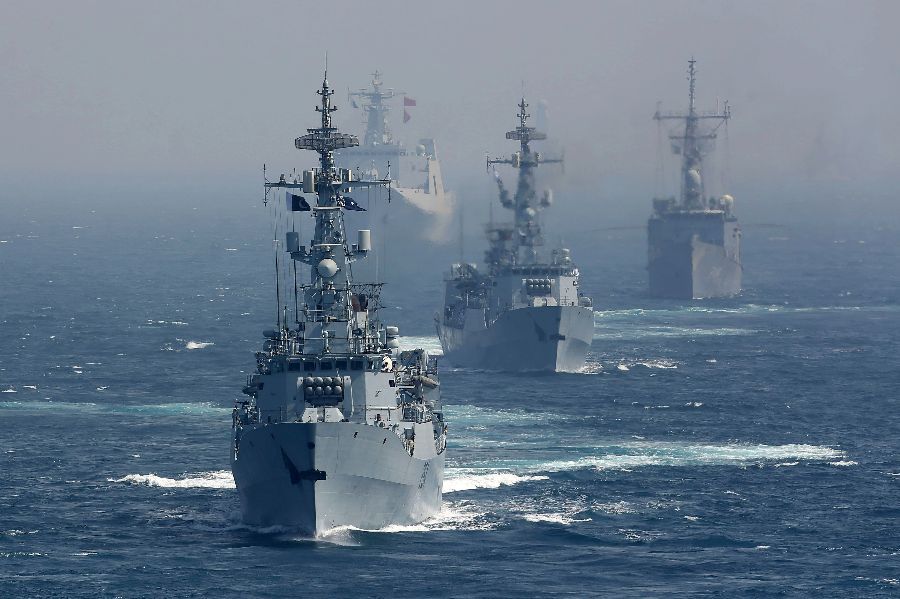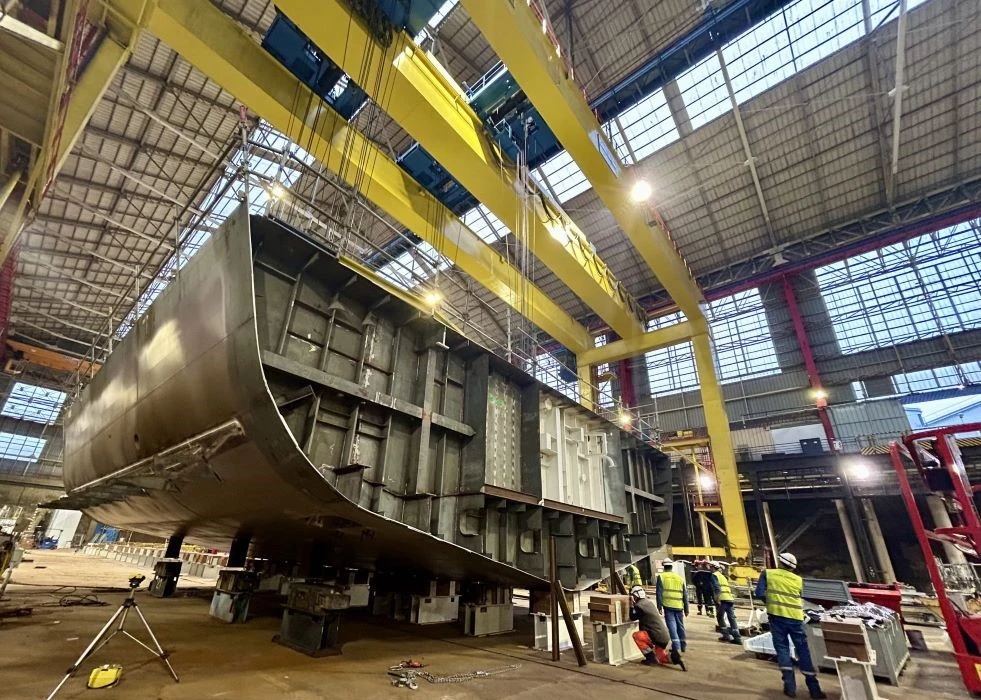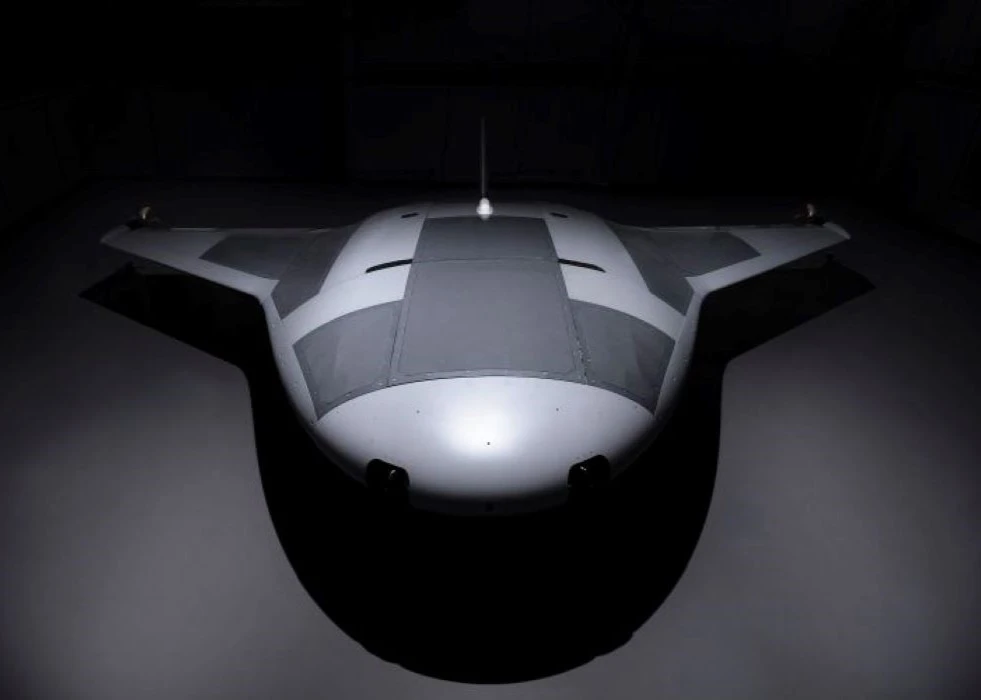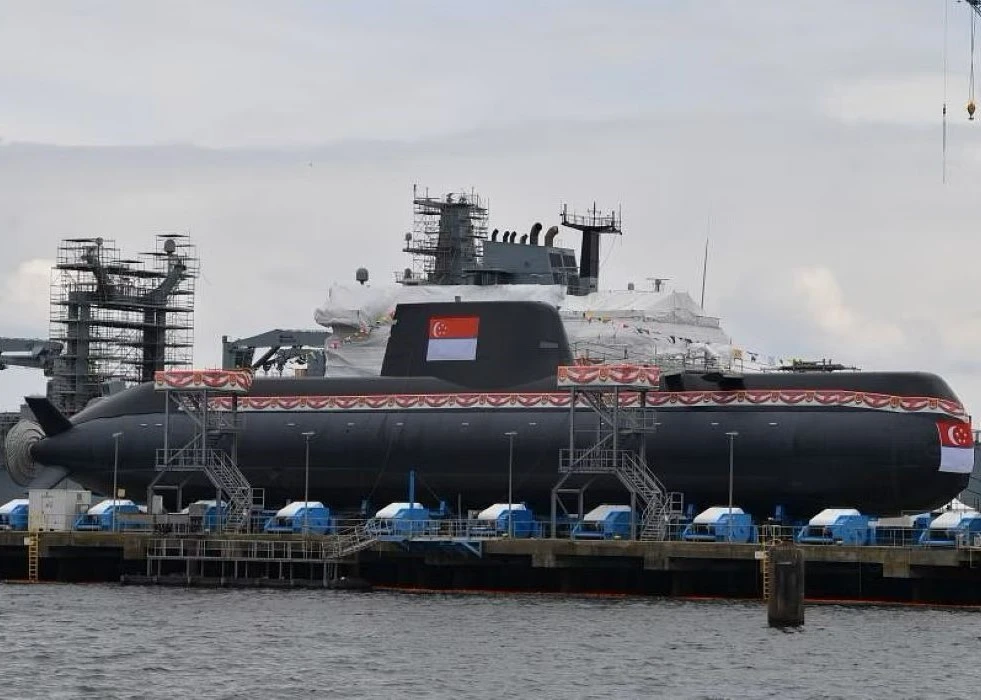CHAPTER IV
SUBMARINE REQUIREMENT OF PAKISTAN NAVY, POSSIBLE ALTERNATIVES
STM 500 AND
ANALYSIS OF LIGHT DISPLACEMENT SUBMARINE CONCEPT
Maritime Security Requirements and Investments
The impact of sea power on human history is great. Each of the developments and advances experienced on land and at sea has significantly impacted history. However, when the economy gained importance in determining relations and geo-strategy was replaced by geo-economy as a measure of national power, maritime relations became a focal point all over the world during the Cold War Period. In addition, seabed resources such as oil and gas, as well as fishery, have become essential to the economic success of coastal states. These issues are known to have a profound impact on the formation of power blocks. The control and management of marine areas are essential for this reason.
Sea routes, one of the cheapest and easiest alternatives for mass transportation, have achieved more than enough power to shape the fate of nations in the 21st century. World trade and industry have reached international dimensions and connected countries to each other with the increase in transportation via water routes. It is known that all the balances in the region changed in a way that would never return to their previous state after the nuclear studies carried out in South Asia.
Today, the strategic presence of the many far-reaching global and regional interests scattered along the shores of Pakistan and India has increased. It is obvious that the slightest conflict in the region can trigger a large-scale war when Islamabad, New Delhi and Beijing"s nuclear arsenal are considered.
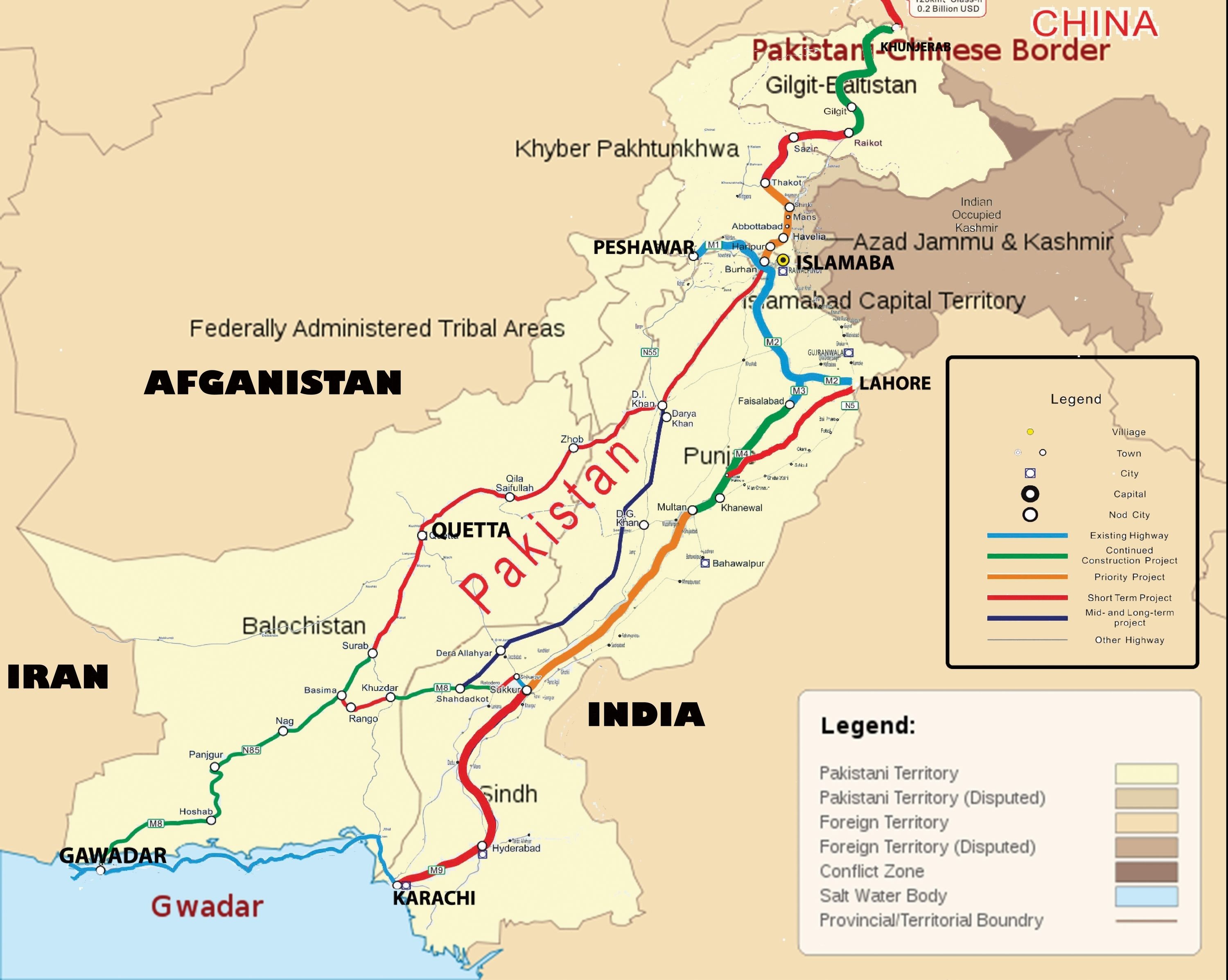
After the Kargil Crisis, the Indian Navy developed a series of measures to prevent Pakistan"s undeniable war potential. In this context, a strategic intelligence deployment in the region and a blockade that would paralyze the economy were implemented in order to prevent the war. India continues to invest billions of dollars in its nuclear weapons arsenal and the transformation of its Navy into a blue water fleet aware of its strategic maritime interests.
Pakistan"s coastline is quite limited compared to India. It is known that the country"s blue water policy and maritime traditions do not have deep roots. Most of the trade, which constitutes a significant part of its income, is carried out via maritime routes, including Pakistan"s strategic commercial activities. Geographical constraints make Islamabad even more vulnerable to possible blockades. It is essential to keep the waterways open until the transformation of the Navy into the blue-water fleet is completed for this reason.
Many elements within and outside the region claim rights on the Indian Ocean. Sri Lanka is at the centre of the 21st-century Maritime Silk Road. Beijing"s government is establishing close relations with Islamabad by increasing its port and infrastructure construction activities to increase its effectiveness in the region. Pakistan"s Makran Coastline is a critical area of the strategic route for the vast wide sensitive waters of the Indian Ocean.
Beijing and Islamabad governments have developed a logistics line project called the "China-Pakistan Economic Corridor" initiative.This area has strategic value, especially for China. It aims to support the country"s logistics requirement with this 3,000-kilometre-long line in case of a possible problem in the Malacca Strait and China Sea Regions. It is natural for China to provide facilities for military supply to the Pakistan Army, whether for the air force, naval vessels and infrastructure, as well as other requirements for this reason.
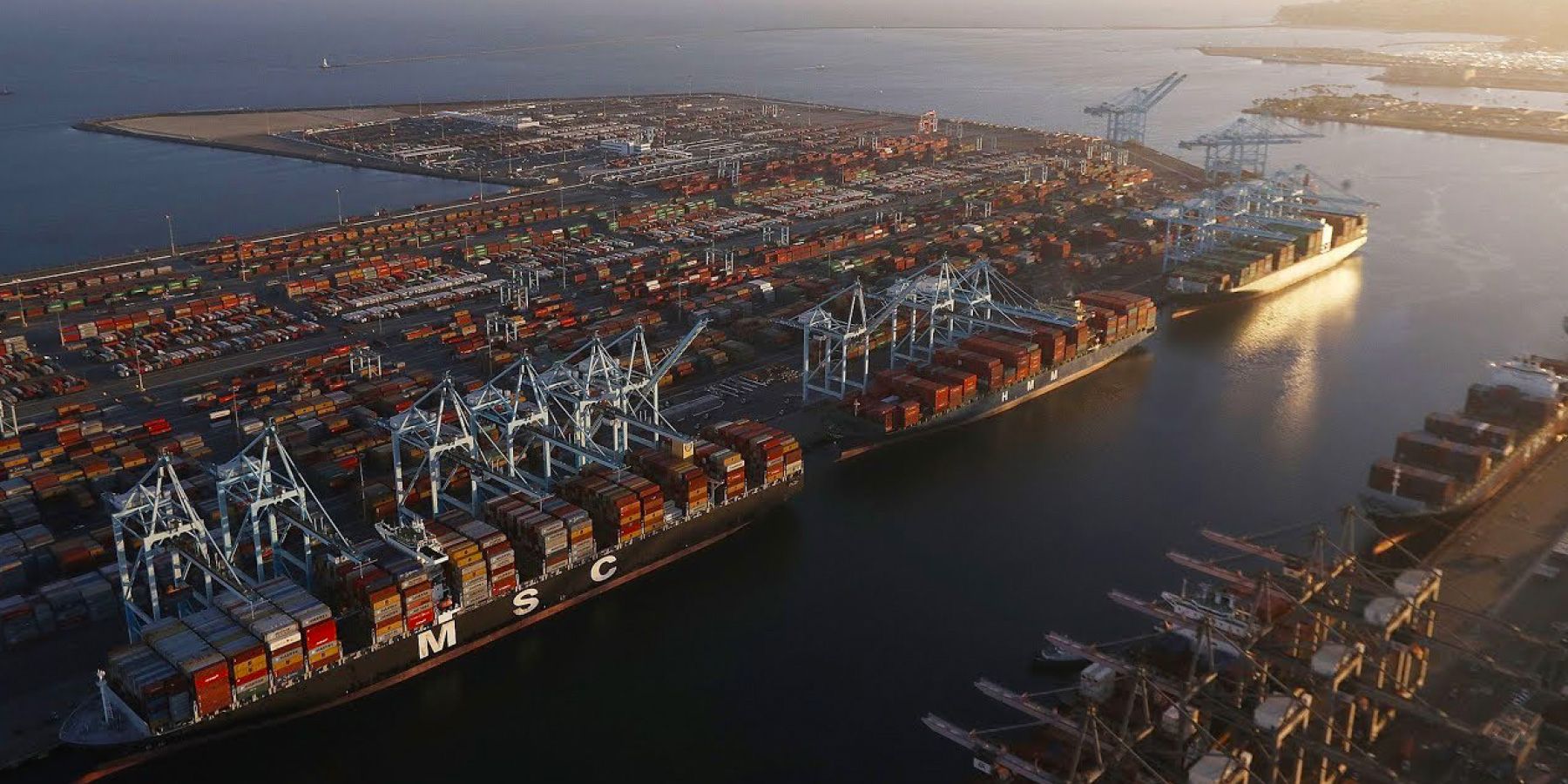
It is known that the Pakistan Army has assigned a security force of 15,000 people to protect this corridor. In addition, a special naval task group is active for the protection of Gwadar Port, which is the gateway of this initiative to the sea. Pakistan
The Pakistan Navy provides the security of port facilities, related sea routes and communication channels with the fleet called "Task Force-88".
It is expected that CPEC will provide Pakistan with a vital development opportunity in both economic and military requirements. In addition, possible problems in the Arabian seas in the northern part are likely to reach dimensions that endanger stability in the South Asian part. India, on the other hand, has long considered itself a natural leader in the Indian Ocean region. Therefore, it can be said that there is a love-hate relationship between Sri Lanka and India. On the other hand, Bangladesh follows the "The enemy of my enemy is my friend." policy because of the problems with Pakistan.
New Delhi"s regional ambitions to become the dominant power in the region forced Pakistan to be strong in terms of naval power. Considering Islamabad"s relations with arms manufacturers, it is seen that the country has been deliberately pushed into political loneliness. Even if a major surface combatant capability cannot be created to match the Indian Navy, it is vital for the Pakistan Navy to acquire systems that will turn the asymmetry in the region in its favour in order to prevent problems in the current situation.
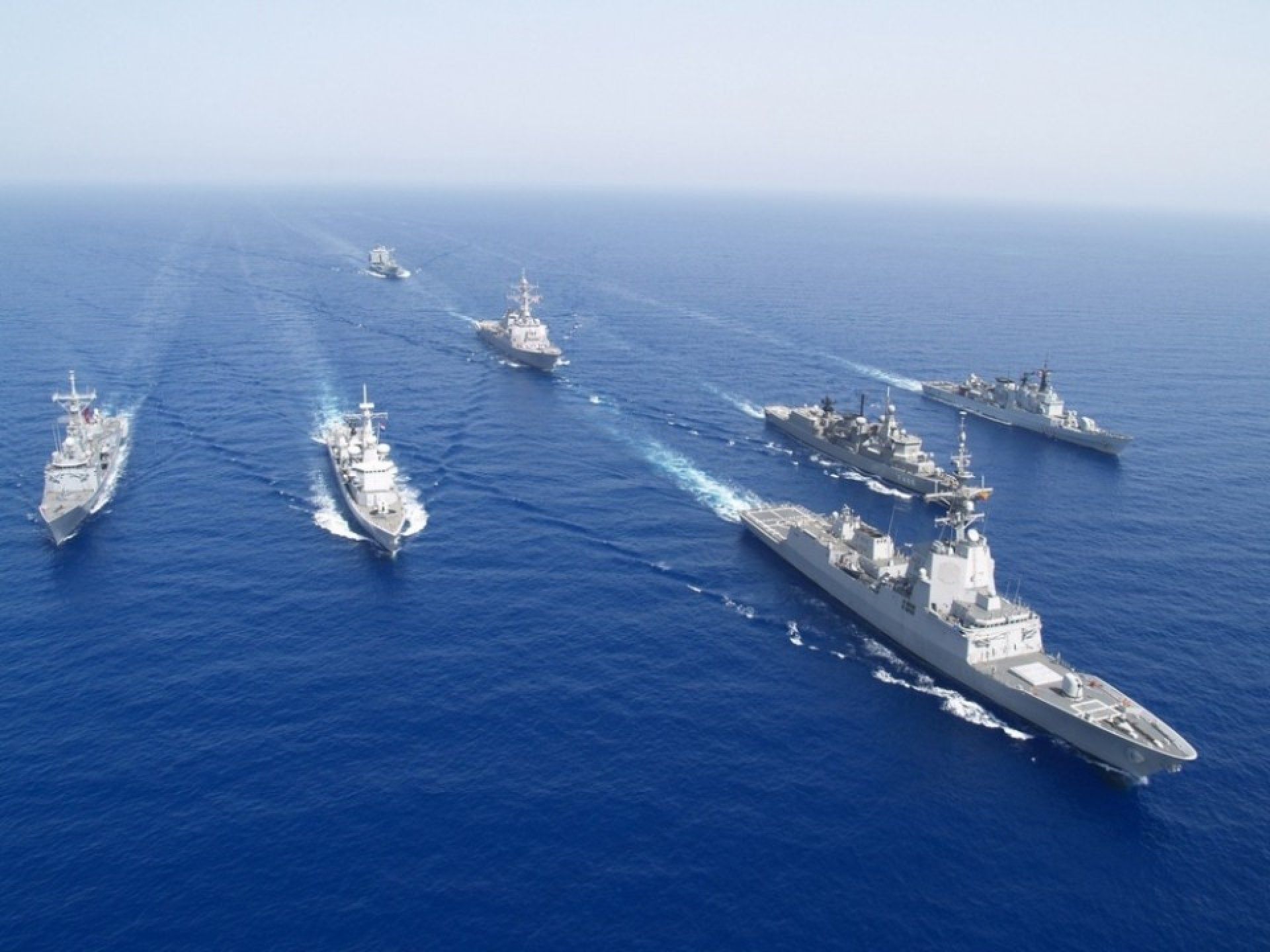
Pakistan needs a large navy for the security of the Arabian Sea, regional situations and the economic corridor, as well as for patrolling in the blue waters of the Indian Ocean and for the protection of the exclusive economic zones. The country has determined the requirement for submarines to increase the threat asymmetry and reduce the surface platform handicap, especially against India, for this reason.
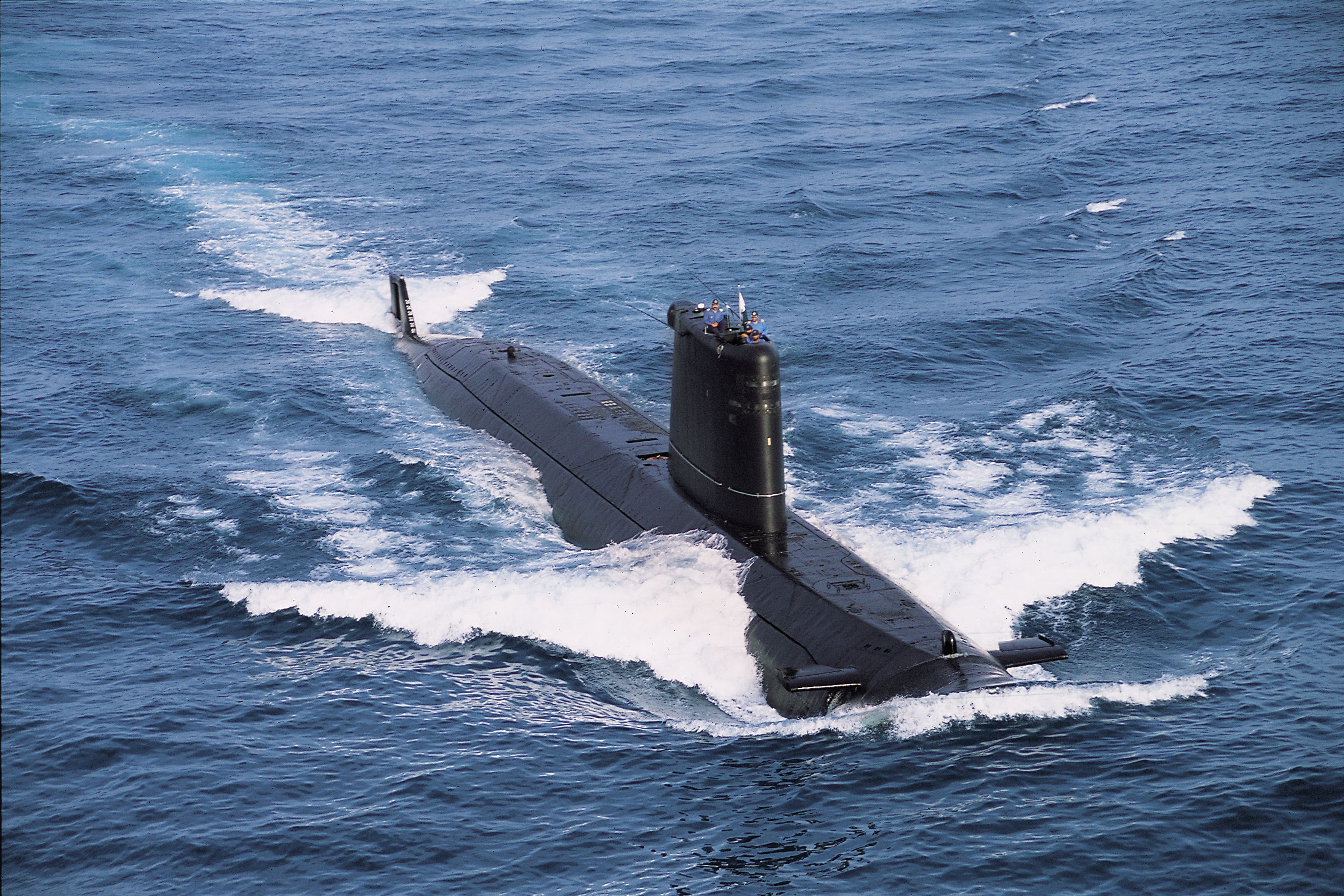
The submarine power of the Pakistan Navy is small, but it is strong enough to deter the freedom of manoeuvre of any attacking force. However, it is known that the force"s ability to carry out a long-term operation against highly capable, anti-submarine warfare equipment powers is extremely limited.
Islamabad"s naval power has been established to ensure the security of Karachi Port and Gwadar Port in general terms. In addition, the security of maritime trade routes is also among the task descriptions of the Navy. It is possible to carry out to protect maritime trade routes in the Arabian Sea, the Persian Gulf and on the coasts of East Africa when necessary. However, it is seen that the Pakistan Navy cannot guarantee effective combat, especially against a comprehensive and well-planned operation from India under the current conditions. Recently, Pakistan has been insufficient in responding to the naval investment steps of India.
The country established a qualified infrastructure by improving its underwater operation, coordination and communication capability before expanding the submarine fleet. A very low frequency (VLF) submarine communication facility was established in this context.
Developing a nuclear submarine for the Pakistan Navy with China is constantly on the discussion table. On the other hand, the Agosta 90B class air-independent propulsion submarines in the inventory have been modernized in cooperation with Turkiye and STM to meet the requirements of the modern battlefield. The platforms" combat management, missile, periscope and weapon systems were improved within the scope of the upgrades.
On the other hand, Pakistan signed an agreement with China to acquire new submarines. It has been announced that the platforms will have an air-independent propulsion system due to the long-range patrol task definition in the open seas. A total of eight platforms are planned to be acquired.
Pakistan already has a small navy with limited blue water capabilities but is undeniably strong. A long period is required for the country to reach the ability to provide maritime security starting from the blue waters considering the current conditions, economical situation, geographical requirements and international issues. It is seen that tactical systems will only be sufficient for the country to combat, especially with India, once the construction and acquisition projects are completed. It is essential to implement low-cost, effective and practical solutions for combat in coastal waters that can be implemented quickly, at least until the regional naval powers are balanced.
Keeping the human resource requirement to a minimum and maintenance and operating costs are other primary factors to be considered in roadmap and system procurement. At this point, the anti-access and area denial blocking strategy, also known as "A2/AD", should be applied in the required areas where the necessary asymmetry will be established. In order to achieve successful denial, the solution lies underwater.
STM 500
It is also known that the country is interested in the STM 500 low-displacement solution of the Turkish company STM. At this point, it can be deduced that a two-stage operational deployment plan will become possible. Air-independent propulsion submarines will set sail for long-range patrol tasks, assault, raid purposes and higher-range missions in the blue waters.
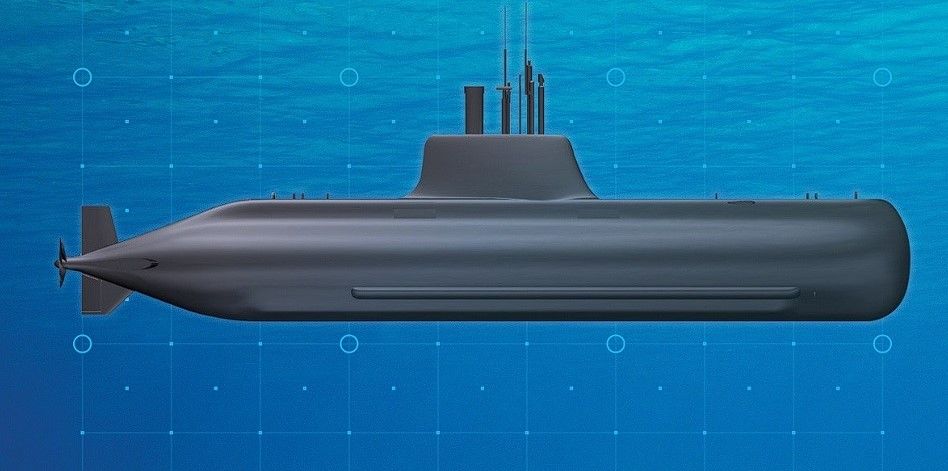
It may be possible to fill the gaps in the back lines from the long-endurance platforms with STM 500 submarines. Low cost and only 18 crew members make it possible to build and deploy platforms quickly and in large quantities. It will be possible for the Pakistan Navy to provide port and facility security and to ensure the safety of supply lines and maritime trade routes by establishing a chain of small platforms in coastal waters patrol in this way. In this process, protecting the long-range operational capability will constitute a separate power multiplier for the force.
The diesel-electric attack submarine, developed by STM for especially coastal waters, offers the opportunity to patrol in the open sea for 30 days with an additional six-person special forces team to the 18-man crew. The platform, which can dive to an operational depth of 250 meters, also has the ability to attack opportunity targets with a total of eight heavy torpedoes or guided missiles with four torpedo tubes. It is stated that only two of the tubes are suitable for surface-to-surface ammunition launch. In addition, if the system can lay on the seabed, the execution of long-term reconnaissance and sound intelligence missions will also be possible.
The maritime geography of Pakistan is deep. This provides an ideal area of operation for a 52 metres long 8.5-metre wide submarine. The silence advantage of the diesel-electric configuration offers the underwater hunter the initiative to set the rules of the fight, especially underwater. The electrical energy that the submarine will need is stored in Lithium-Ion batteries, according to company data. Again in the catalogue data, the cruising capacity of the platform with the battery is given as 75 nautical miles. However, a specific cruise speed is not specified for this value.
It is known that Type 206 class submarines developed by Germany at the end of the 1960s, which are very similar in size and displacement and store the necessary energy in old-style lead-acid type batteries, can reach a maximum cruising capacity of 228 nautical miles at 4 knots speed.
It is known that submarines are extremely dangerous elements for large surface fleets. It has been experienced many times in history that these solutions, which are highly suitable for the asymmetry, which is expressed as necessary in the Pakistan region, inflicted significant losses on the enemy compared to their size. It was recorded that more than one submarine inflicted heavy casualties on the enemy with the "Wolf Pack" tactic used by the German U-Boots, which remained quite low tonnage compared to the surface platforms during the Second World War.
The STM500 is an effective solution for the Pakistan Navy"s partial operational capability in coastal waters and, if necessary, in open sea thanks to its rapid construction, cost-effectiveness and low crew requirement. A large number of platforms to be launched will provide the A2/AD chain in wider areas as needed. On the other, establishing the density that will be needed and attrition of the enemy can be fulfilled in narrow areas. There is no other way for Pakistan other than to consider a capability gap or solutions to be built quickly as a response against the submarines that India has launched one after another.
Submarines are one of the most strategic weapons of naval warfare. It is known that they do not have large-scale successes, although the countries used the low-tonnage platforms procured within the scope of needs for a long time. However, especially the German Type 206 class platforms; were able to conduct successful attacks against strategic elements by infiltrating NATO aircraft carrier task groups, which were tightly protected by the sonar and radar network in the experiences obtained from the past exercises during Cold War.
Low-displacement submarines are known as platforms that are difficult to detect and determine due to their size advantage. Therefore, it can be considered that the STM500 will provide an excellent response to India"s underwater investments with its asymmetry in regional operations and coastal waters. However, it should not be forgotten that underwater detection technology has made significant advances today. The possibility that the platforms may not show the desired effectiveness due to their low energy capacity should also be evaluated in India"s possible large-scale anti-submarine war effort.
Issues such as situational awareness, sonar capacity and sound insulation are essential for the effectiveness of low-tonnage submarines such as the STM500. The energy potential of the platforms can be lower than a standard diesel-electric submarine or nuclear system in terms of dimensions. For this reason, it seems more likely that ships will balance the field with tactical successes rather than gain superiority. They will put heavy attrition pressure on the enemy together with the platforms carrying heavy 533-millimetre torpedoes.
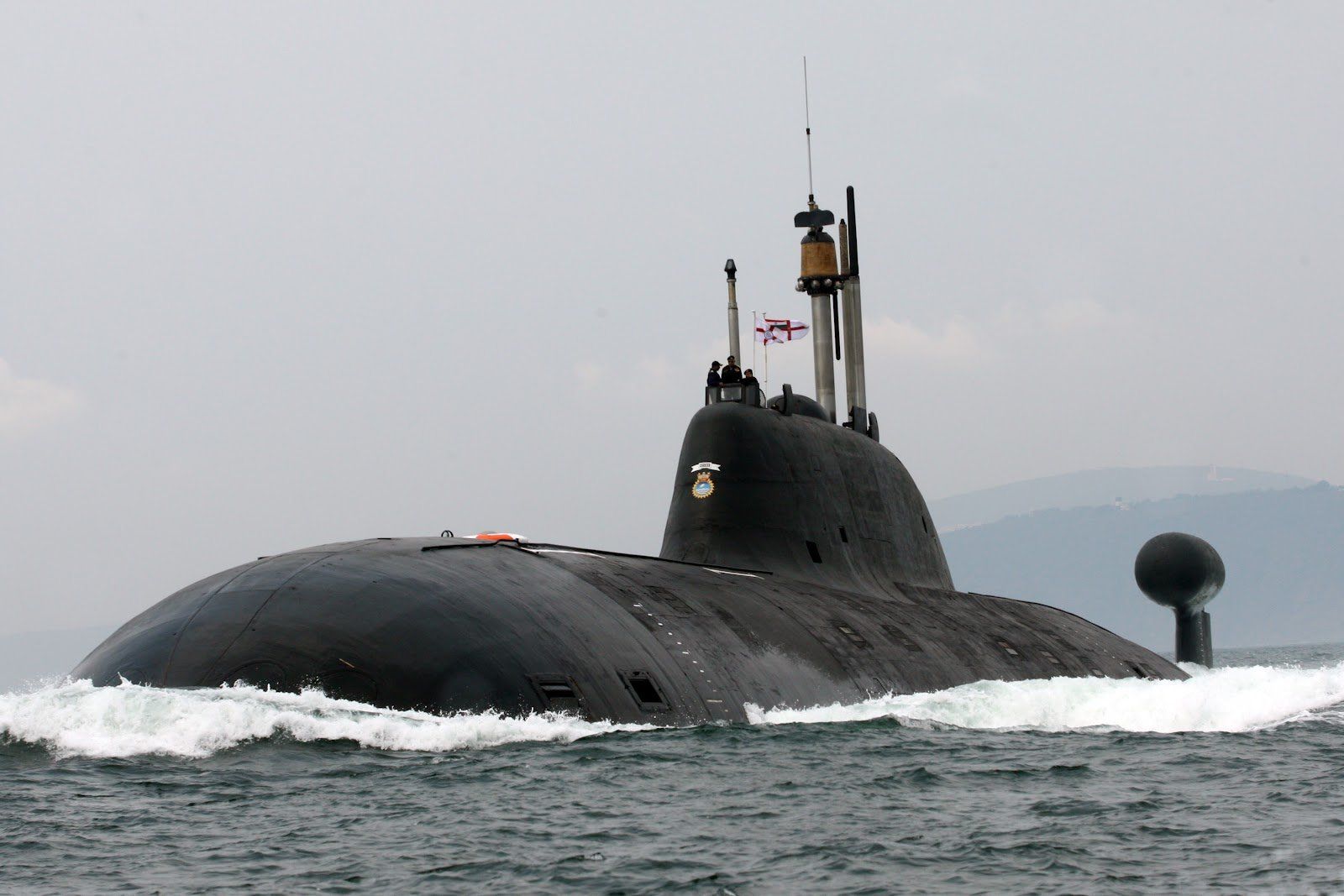
Despite all this, it should not be overlooked that the Indian Navy has experience with Project 971 (NATO Code: Akula) Class nuclear submarines, and the underwater power in its inventory has high energy potential. It should also be noted that if New Delhi makes the necessary deductions from the Akula experience, a "hunter-killer" capability that cannot be underestimated will come before the Pakistan Navy.
The energy potential in question should be evaluated more than as range values. Here, the operational capacity of the sensors and sonar integrated into the platform and the consumption levels are essential. A submarine with a high energy capacity is known to deafen the target by flooding the environment with active sonar pulses, thus completely intercepting its situational awareness. Knowing the enemy"s direction alone is not sufficient for defence in the absence of distance and other data. This is a common problem for both low-tonnage and diesel-electric platforms.
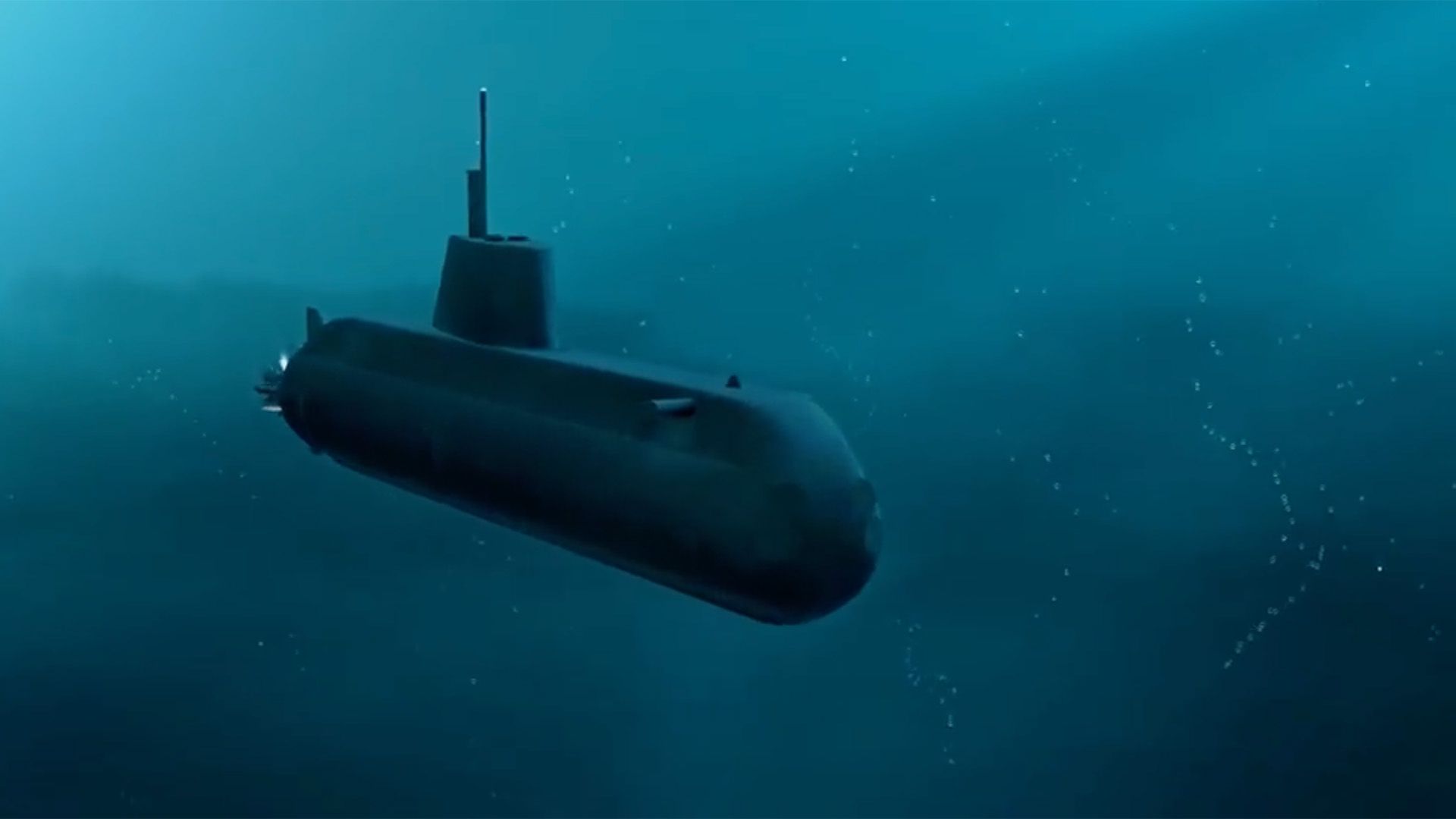
The most crucial factor in STM500 concept submarines is cost analysis. It can be said that the ships launched in large quantities will provide the density in the narrow area and the required capacity in the large area. The torpedo capacity of the platforms offers a suitable capability for apply sufficient pressure on the enemy, especially in uses such as the Second World War Wolfpack tactic. The risk of not getting sufficient resolution due to the pressure of the surface platforms after the first or second torpedo attack should not be forgotten in single deployments. At this point, the energy potential of the submarine is the case. The hunter must make evasive manoeuvres and determine the direction to quickly leave the area after the attack. The manoeuver requires energy, so the capacity and how efficiently it is used are as important as the weapon and sensor suites.
Although the operational capability in single uses will be limited, the low-displacement submarines constructed in large numbers will be a factor that will force the competitor to search for submarines in more than one region. In this case, the defender force will have to exert more effort to avoid being assassinated and keep more platforms at sea for longer periods. This situation will negatively affect the user in terms of cost, personnel and the service life of the platforms, distracting the force and actually providing a suitable environment for the desired asymmetry. Opportunity attacks by executing an infiltration operation at sea to the critical points of a party that is not fully ready, tired or distracted due to the difficulty of detection will be other advantages that will apply attrition pressure to the enemy element.
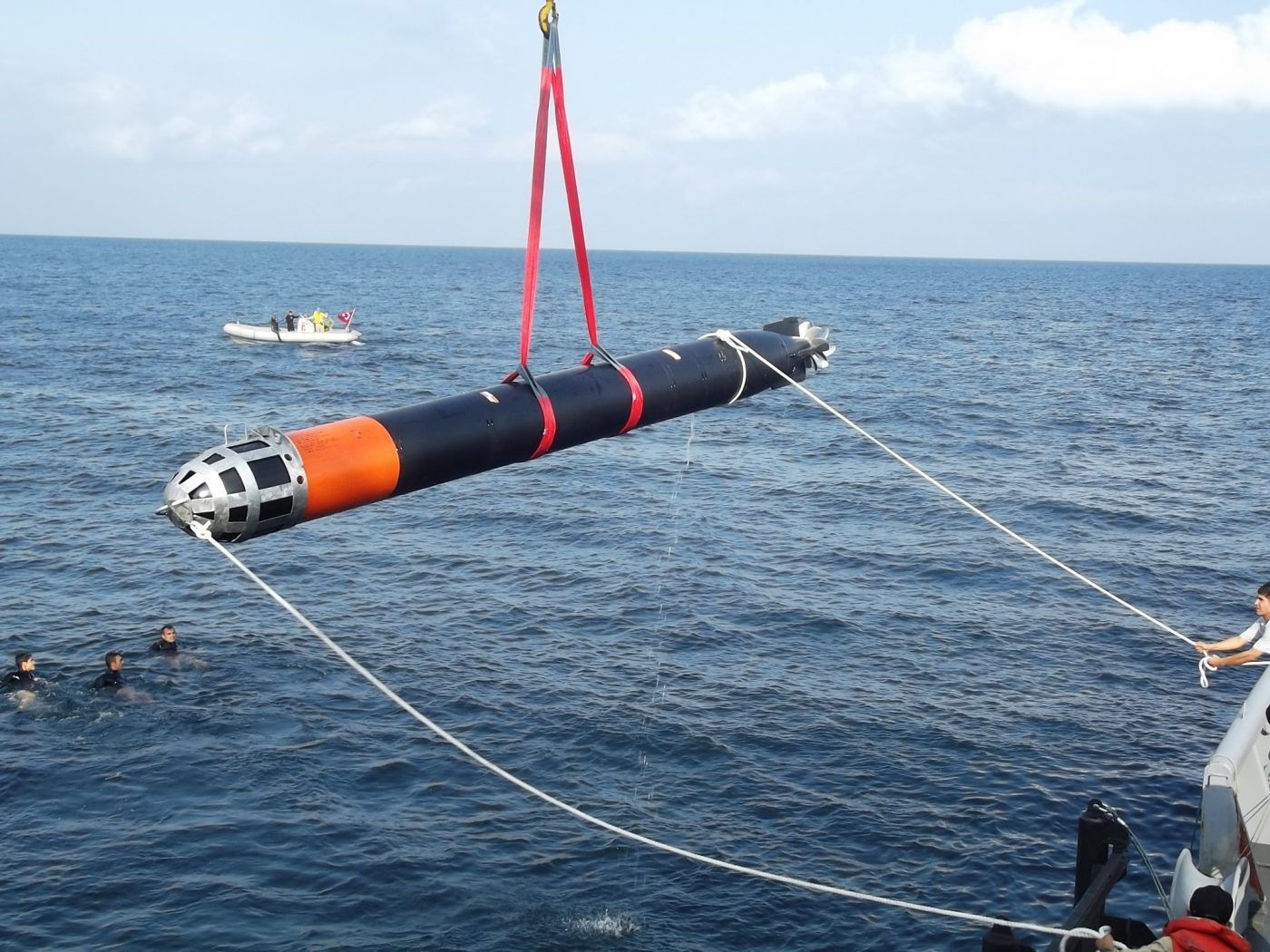
Although the energy potential and crew training are essential for the effectiveness of submarines, the weapons to be used must be evaluated. In addition to the platform solutions brought by STM, the Akya torpedo developed by Roketsan is of strategic importance due to the lack of technical data in the libraries of any navy in this situation.
Again, suppose the ADVENT combat management system developed by Havelsan is integrated into the Jinnah Class Frigate projects, which will also be used on PN MilGem. In that case, the platforms will be able to operate with higher compatibility. Turkiye"s offer to Pakistan includes a platform, information system, computer and weapon package, providing an extremely strategic advantage as a turnkey solution.
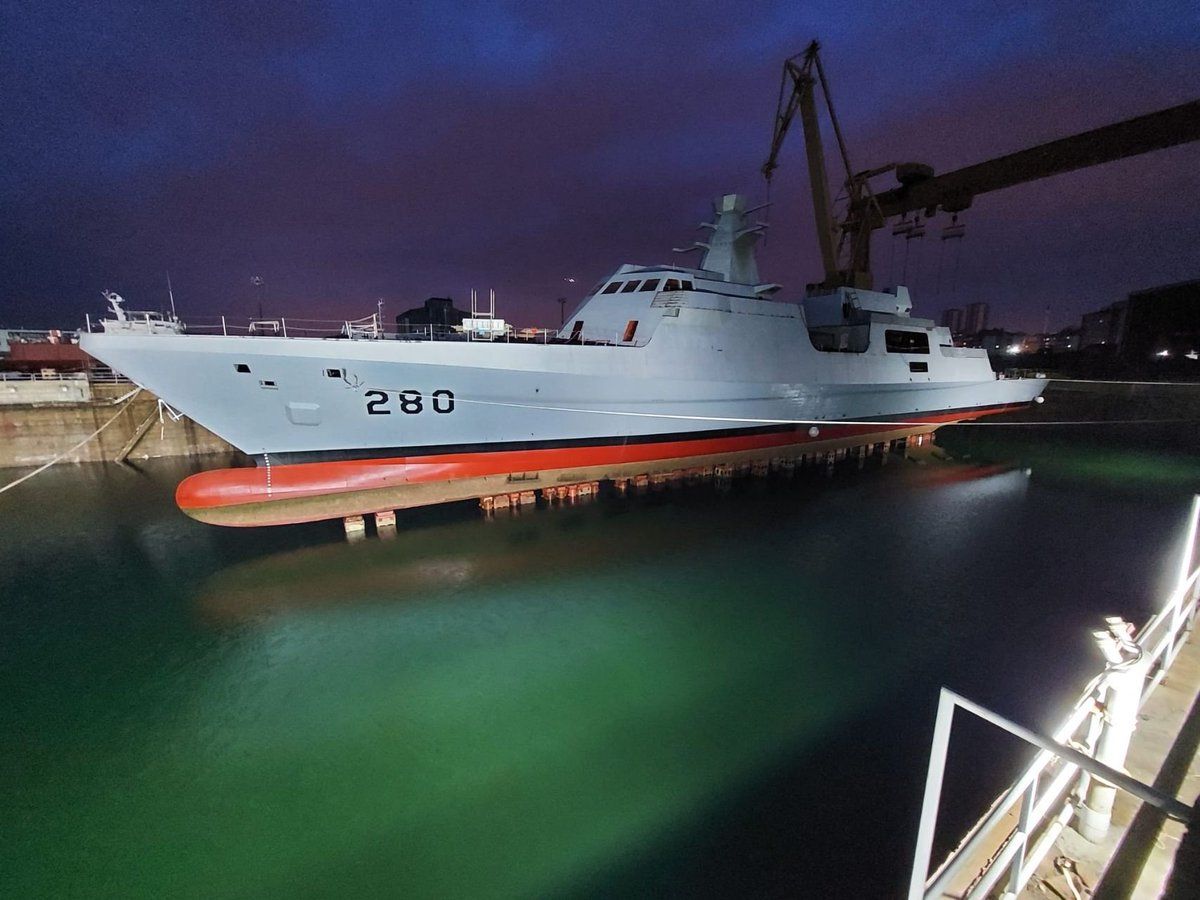
Also, the presence of partners such as ASELSAN, MKE and ASFAT on the ships and platforms procured to Pakistan is important both in terms of providing solutions that will eliminate possible problems in the conscious loneliness environment that the country is pushed into and in terms of relations between the two countries.

